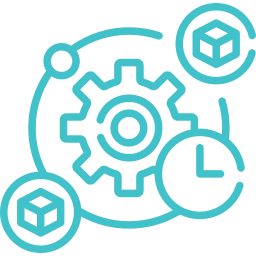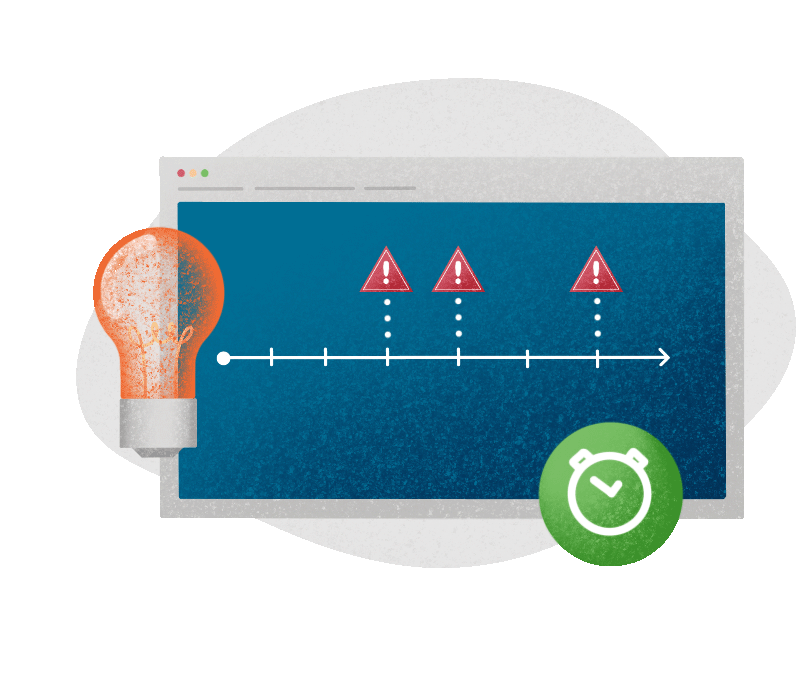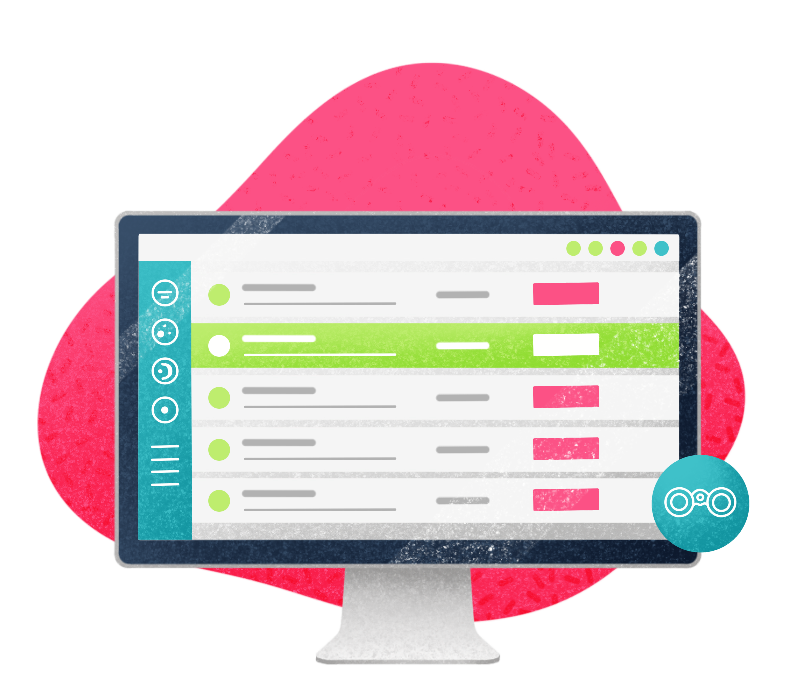Benefits
- All the active components are prompted
- Application supervision of various sites and comparison of their response time
- An alert is sent via mail or SNMP trap whenever response time slows down or the application is unavailable
- Single point of monitoring for scheduling, visualizing the scenarios, dealing with remote agents, etc..
- No particular skill is needed : the scenarios are saved in “Excel macro” mode
- Supports all Windows versions (desktop and servers), all applications under Windows, any type of architecture (client / serveur, Citrix/TX, Web, Mainframe, etc..)















